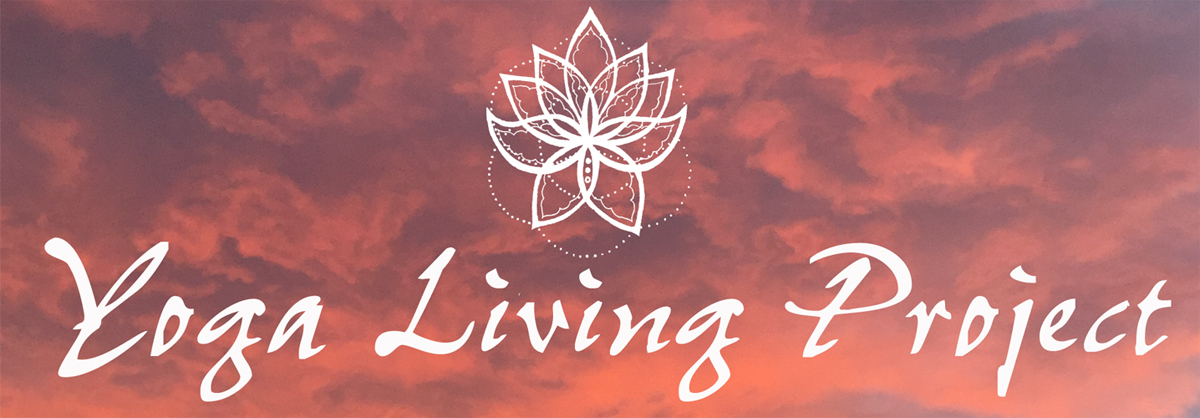This week's installment of Yoga Living Project is brought to you by cambio's own Anna Mack! If you've practiced with her before, you know that she knows her asana, and in line with this month's theme, she's offered insight on the pose that everyone seems to have strong feelings on: half pigeon. Read, practice, and let us know what you discover. As always, reach out to Austin if you have something you'd like to share with our readers at
Let’s talk half pigeon. Specifically the version we see regularly in vinyasa yoga classes, eka pada rajakapotasana or the “prep” version of the pose where the torso folds forward over the front leg. It’s one of those poses that you tend to either love or hate. For the lovers, I hope the below tips will help you find a new experience in the pose and for the haters, I hope you hate it a little less.
First things first. This pose is not appropriate for everyone! The front knee is fully flexed and is bearing weight. Bad knees? This might not work for you regardless of prop usage or modifications. Instead, I suggest trying a variation of the pose seated or on your back. Ever hear of figure four? It’s similar to half pigeon without the same risk placed on the front knee. Work to keep the side bodies equally long and press your shin into the opposite thigh.
If the standard variation isn’t concerning, here’s some tips on getting into the pose.
- Keep the front knee aligned to the outer portion of the hip (maybe wider depending on your body). This will make your thigh look diagonal from your hip.
- Align your shin based on your hip mobility. Some of us will be able to get the shin parallel to the front edge of the mat. Most of us will have the shin diagonal with the foot pointing back to the opposite hip.
- If your shin is parallel, keep the ankle in dorsiflexion (what we think of as “flexed”). If your shin is diagonal, keep the ankle in plantar flexion (what we think of as “pointed’). This not only can help with knee stability and safety, but also allows the lower leg bones to align appropriately between the knee and ankle.
- Use your hands to help square your torso to the front of your mat. You may need to place blocks under your hands to reach the ground.
- Activate the back leg to bring the back hip forward slightly. How? Tuck your back toes under, lift your thigh off the ground and gently draw the hip forward. Once you’re aligned, place the knee on the ground again.
- Perhaps fold forward over the front leg or stay upright. What’s the difference? You’ll be working the hip flexors on the straight leg much differently if you stay upright.
Now that we’re in the pose, let’s talk about making it stronger. People have a tendency to “sink” into this pose. It might feel good to relax but that places a lot of pressure on the front hip joint. Over time it could cause issues. So let’s strengthen the muscles while lengthening them.
- Press the front shin down into your mat! This will activate the muscles in the front hip and prevent your body from sinking into the pose in a negative way. You’ll still create length in the muscles but also strengthen them at the same time.
- Fold forward with the flexion originating from the hip. Rather than rounding over, reach the arms and chest forward to lengthen the spine while folding.
- Use props! I personally love using a block under my forward in the fold (I can’t typically fold all the way over without creating the curve in my spine). You’ll commonly hear teachers suggest to place a block under the front leg hip. This will help keep the hips somewhat level and can also help with the muscle engagement as you start pressing down with the shin. Another option? Place a towel or blanket under the back knee. This can make the pose much more comfortable if the knee cap is sensitive to touch.
- Engage the back leg. Two options here. You can keep the top of the foot on the mat with the toes pointed straight back and then press down OR you can tuck your toes under and leave the knee on the ground or lift the knee up for more intensity.
Explore these ideas. Maybe some work for you and maybe some don’t. Remember, our bodies are not all the same so take time to get to know your body and figure out what works best.

